Artificial Intelligence with Python. Your complete guide to building intelligent apps using Python 3.x - Second Edition Alberto Artasanchez, Prateek Joshi
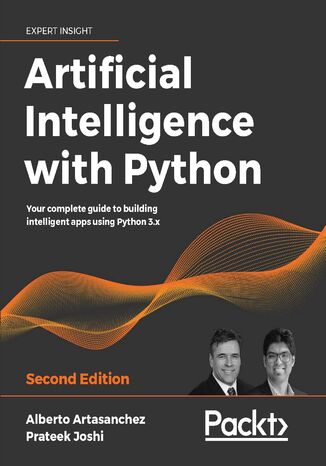



- Autorzy:
- Alberto Artasanchez, Prateek Joshi
- Wydawnictwo:
- Packt Publishing
- Ocena:
- Stron:
- 618
- Dostępne formaty:
-
PDFePubMobi
Opis
książki
:
Artificial Intelligence with Python. Your complete guide to building intelligent apps using Python 3.x - Second Edition
This edition also includes seven new chapters on more advanced concepts of Artificial Intelligence, including fundamental use cases of AI; machine learning data pipelines; feature selection and feature engineering; AI on the cloud; the basics of chatbots; RNNs and DL models; and AI and Big Data.
Finally, this new edition explores various real-world scenarios and teaches you how to apply relevant AI algorithms to a wide swath of problems, starting with the most basic AI concepts and progressively building from there to solve more difficult challenges so that by the end, you will have gained a solid understanding of, and when best to use, these many artificial intelligence techniques.
Wybrane bestsellery
Alberto Artasanchez, Prateek Joshi - pozostałe książki
Packt Publishing - inne książki
Dzięki opcji "Druk na żądanie" do sprzedaży wracają tytuły Grupy Helion, które cieszyły sie dużym zainteresowaniem, a których nakład został wyprzedany.
Dla naszych Czytelników wydrukowaliśmy dodatkową pulę egzemplarzy w technice druku cyfrowego.
Co powinieneś wiedzieć o usłudze "Druk na żądanie":
- usługa obejmuje tylko widoczną poniżej listę tytułów, którą na bieżąco aktualizujemy;
- cena książki może być wyższa od początkowej ceny detalicznej, co jest spowodowane kosztami druku cyfrowego (wyższymi niż koszty tradycyjnego druku offsetowego). Obowiązująca cena jest zawsze podawana na stronie WWW książki;
- zawartość książki wraz z dodatkami (płyta CD, DVD) odpowiada jej pierwotnemu wydaniu i jest w pełni komplementarna;
- usługa nie obejmuje książek w kolorze.
Masz pytanie o konkretny tytuł? Napisz do nas: sklep@helion.pl
Książka drukowana


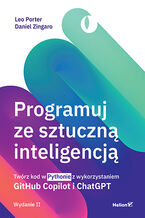





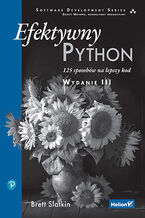




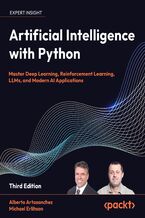

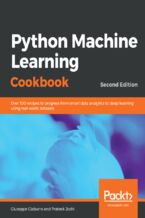
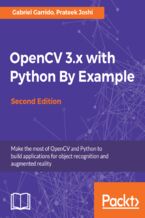
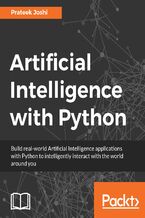
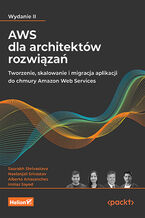
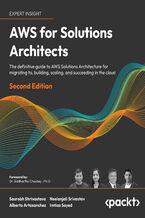
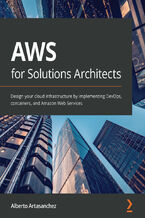
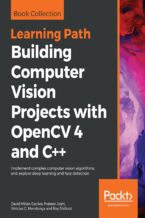
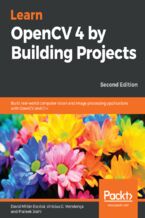
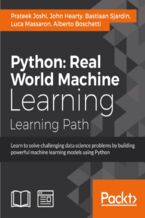





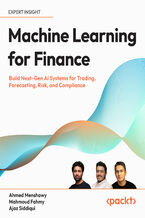
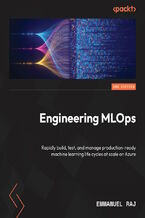
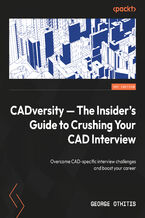
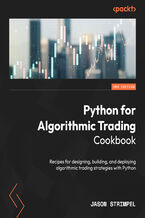

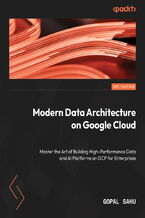
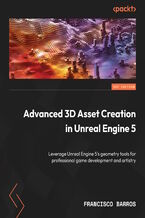
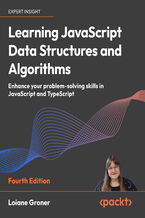
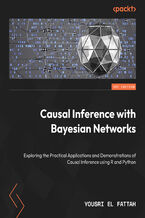
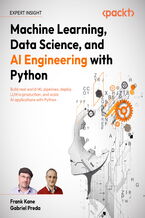



Oceny i opinie klientów: Artificial Intelligence with Python. Your complete guide to building intelligent apps using Python 3.x - Second Edition Alberto Artasanchez, Prateek Joshi
(0)